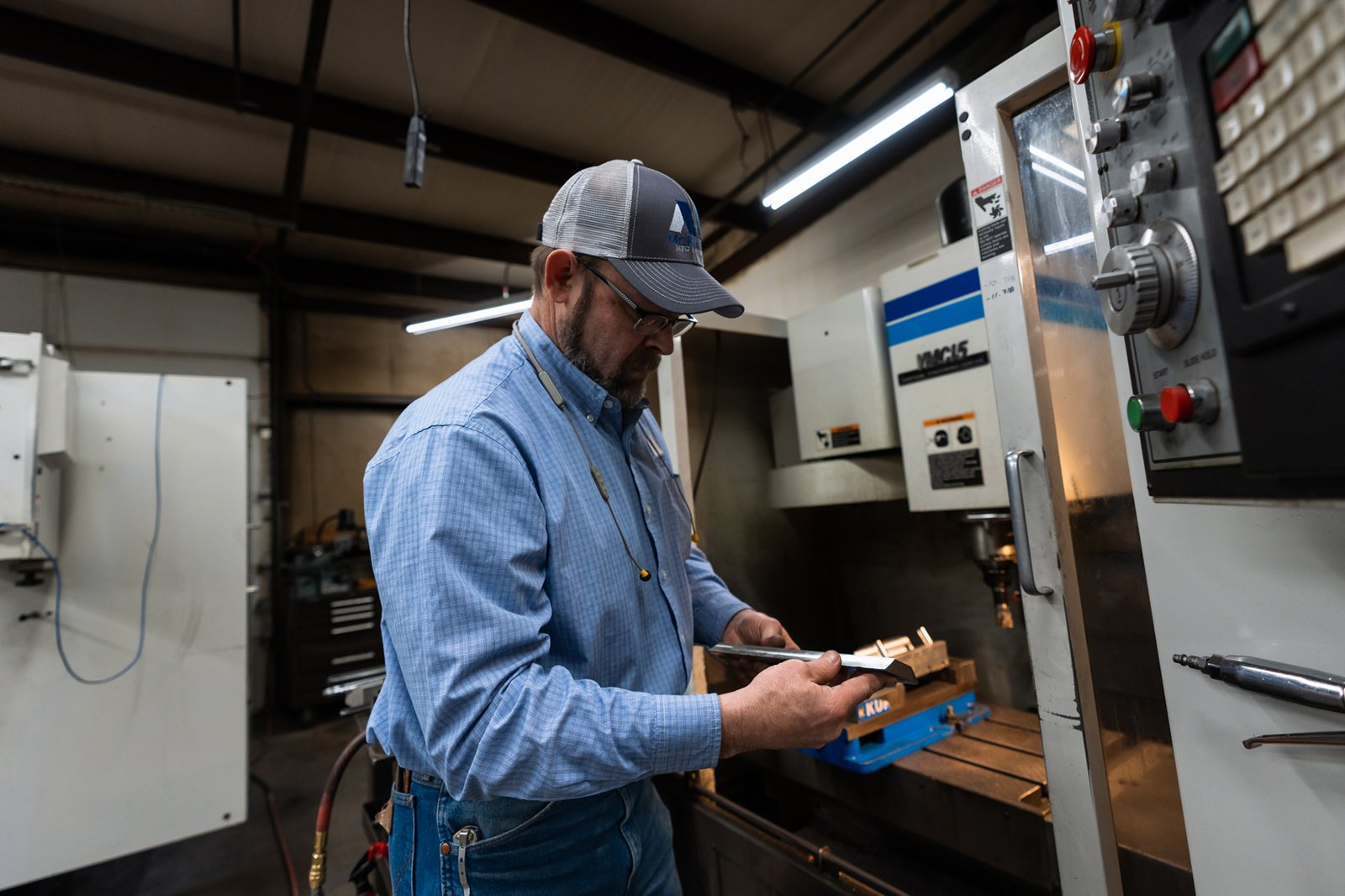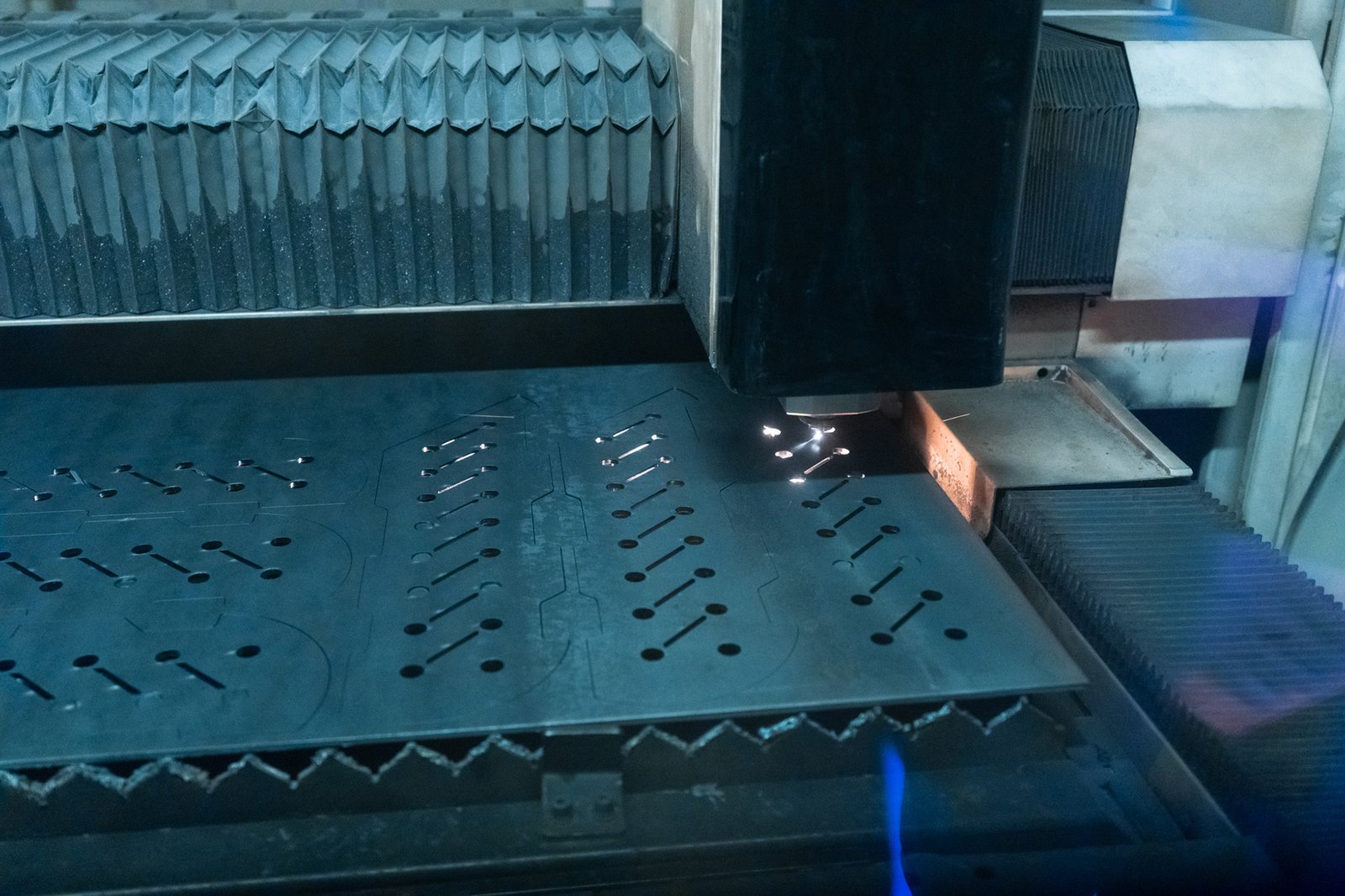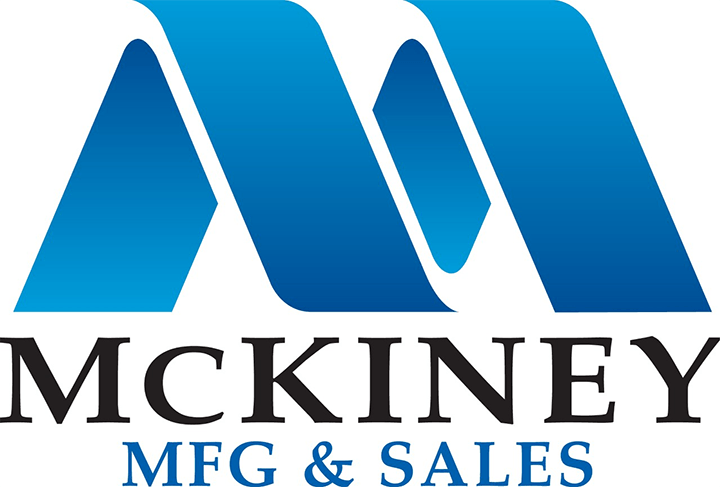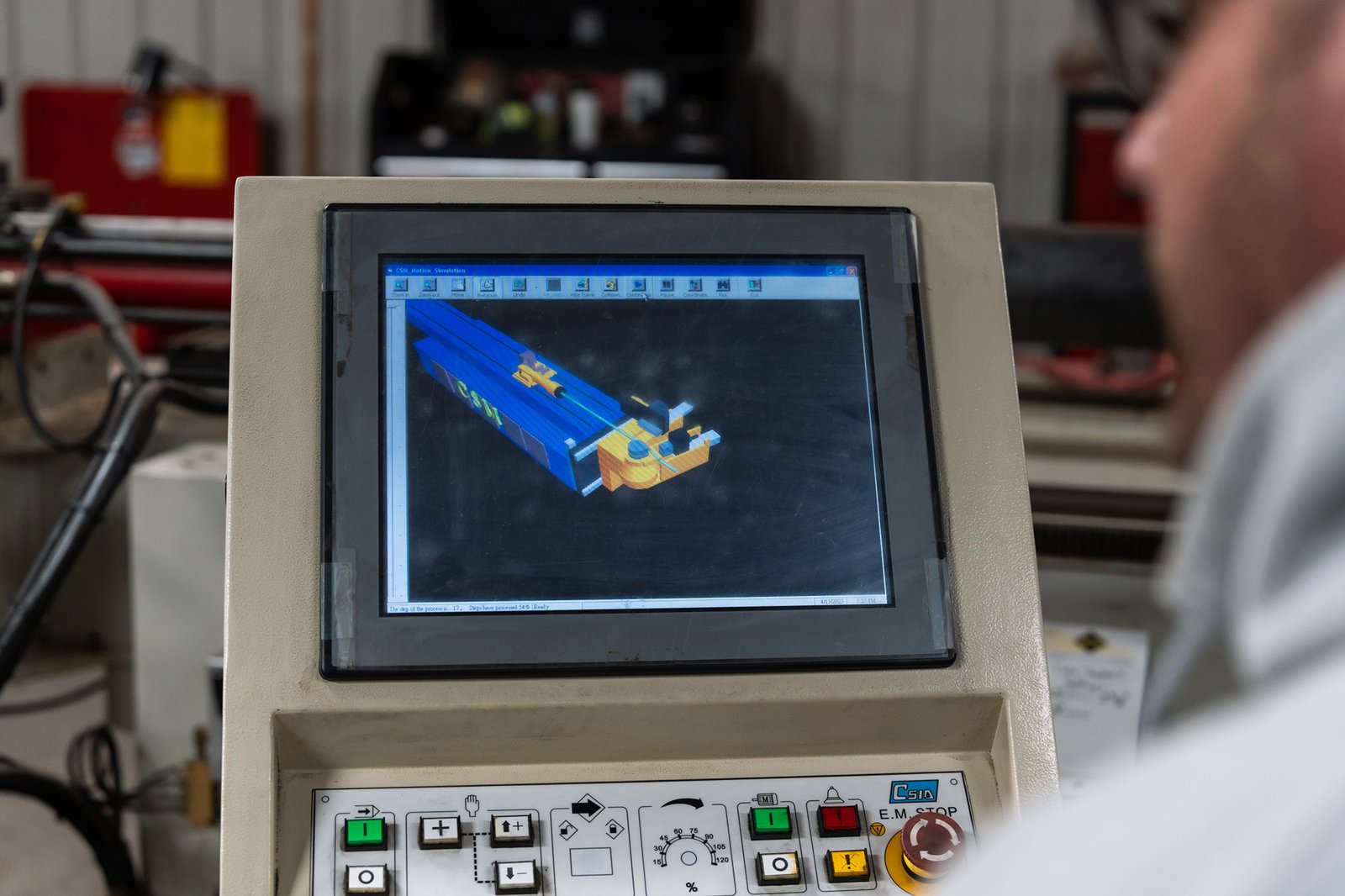Prototyping is one of the most important steps in any successful metal fabrication project. At McKiney Manufacturing & Sales, we know that turning a design into a working model is crucial for catching potential issues, validating performance, and streamlining the path to production. It’s an investment that pays off—saving time, reducing costs, and making sure the finished product works exactly as intended.
Here’s why prototyping matters, and how our team helps manufacturers across Nebraska, Colorado, Wyoming, and beyond bring ideas to life with precision and confidence.
1. Supporting Customization & Innovation
No two projects are alike, and many of our clients come to us with unique specifications or innovative designs. Prototyping allows us to test different fabrication methods—like fiber laser cutting, waterjet cutting, or tube and pipe bending—before committing to large production runs.
This flexibility makes it possible to fine-tune details, explore creative solutions, and ensure the final product meets both functional requirements and aesthetic expectations. At McKiney, we take pride in helping clients push boundaries and bring new ideas to market.
2. Validating Design & Functionality
Every great product starts with a great idea—but until that idea takes shape, it’s hard to know how well it will perform in the real world. Prototyping bridges that gap. By building a tangible model, engineers and designers can test how a part or assembly holds up under real-world conditions.
Whether it’s a precision-machined component, a custom metal enclosure, or a structural piece, prototyping allows you to evaluate strength, fit, function, and appearance early on. Identifying these details upfront reduces the risk of costly design changes later in the process.

3. Reducing Lead Times & Production Risks
Time is always a factor in manufacturing. Prototyping allows us to identify potential bottlenecks and refine workflows before full-scale production begins. By identifying challenges early—whether it’s related to tooling, assembly, or material handling—we can streamline the process and reduce the chance of delays.
This means faster turnaround times, fewer disruptions, and a smoother transition from concept to completion.
4. Improving Collaboration & Communication
A physical prototype can be a powerful means of communication. Instead of relying solely on CAD files or drawings, a prototype provides something tangible that everyone can see, hold, and evaluate.
This hands-on approach helps align designers, engineers, and clients on the same vision. It builds confidence and ensures that when we move into production, there are no surprises—just a clear path to a high-quality finished product.

Scalable Solutions Backed by Experience
At McKiney Manufacturing & Sales, flexibility is built into everything we do. Whether you need a small run of prototypes to test a new idea or a full production order to meet growing demand, we can scale to fit your needs.
We offer:
- Fiber Laser Sheet Cutting
- Fiber Laser Tube Cutting
- Waterjet Cutting
- Tube & Pipe Bending
- Metal Plate & Sheet Metal Bending
- Machining & Fabrication
With decades of experience and a commitment to precision, our team has been serving businesses since 1974—delivering reliable solutions across Nebraska, Colorado, Wyoming, and beyond.
Request a Quote
More than just a step in the process, prototyping is the foundation of a successful fabrication project. If you’re ready to bring your design to life, our team at McKiney Manufacturing & Sales is here to help.

